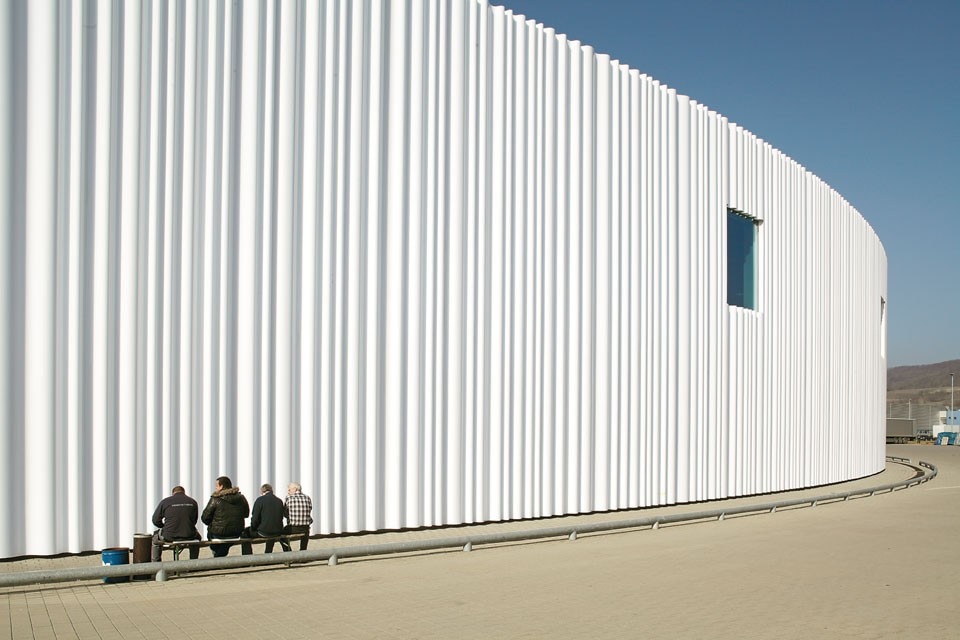This article was originally published in Domus 969 / May 2013
It doesn’t happen often that a building with a total floor area of over 30,000 square metres hides its enormous dimensions in plain view. But standing in front of the new industrial building designed by SANAA on the Vitra Campus in Weil am Rhein, it is impossible to imagine either its exact form or size. To pull off the trick of concealing a building that covers more than three football fields, Kazuyo Sejima and Ryue Nishizawa of SANAA did not make use of a square plan, going against what appears to be the global norm for industrial factories and high-bay warehouses. Instead, they chose to design the structure with a circular form, and the fact that it’s also a slightly distorted circle makes it even more difficult to imagine the building’s layout without seeing a plan of it.
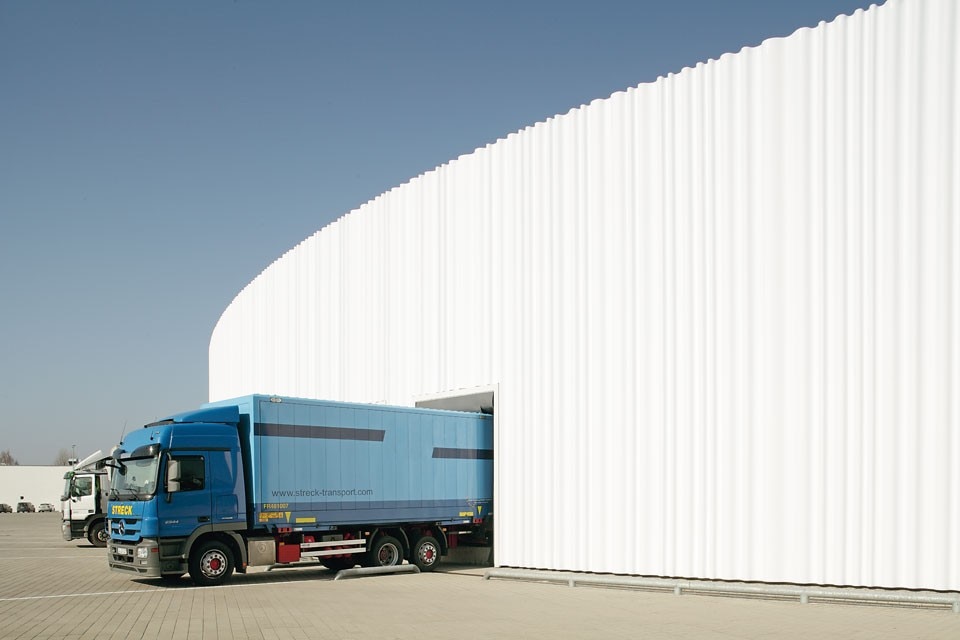
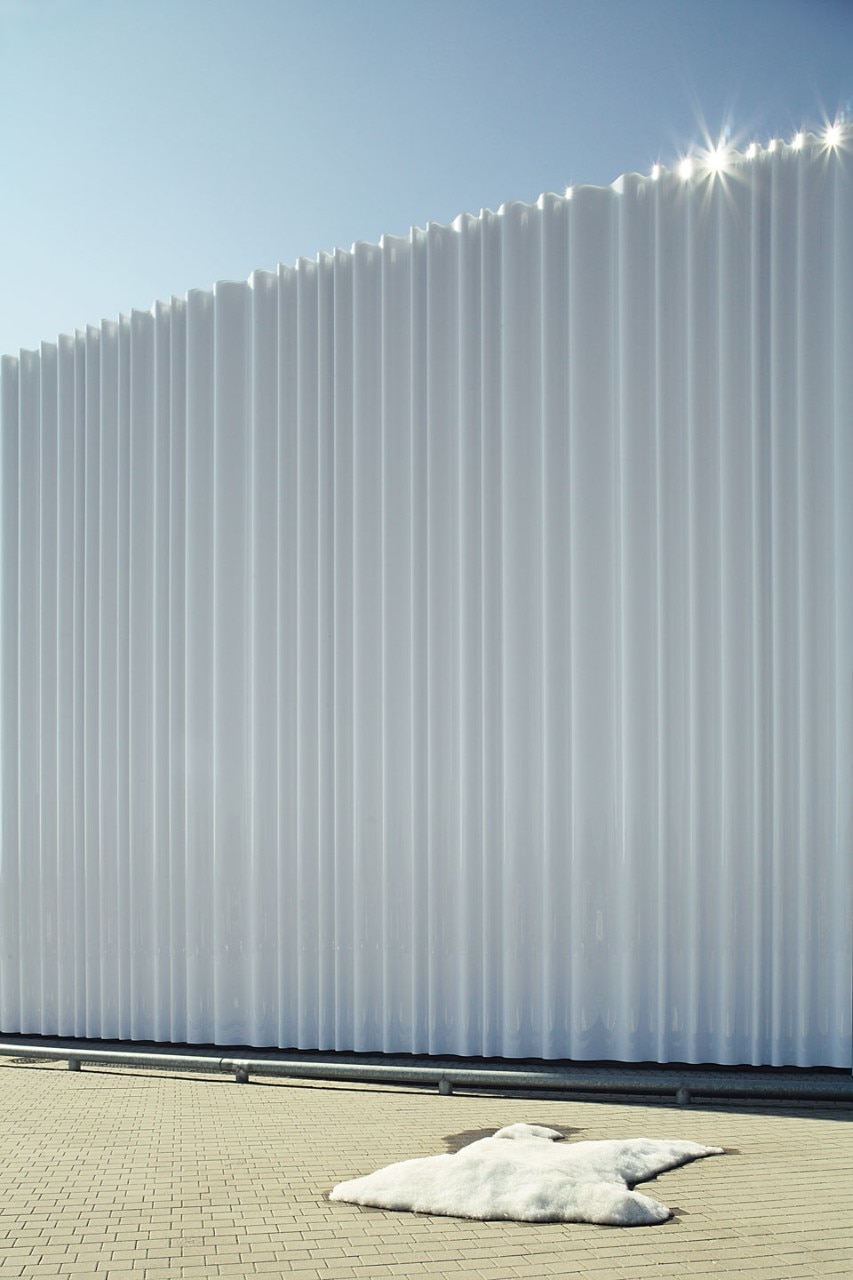
It doesn’t happen often that a building with a total floor area of over 30,000 m2 hides its enormous dimensions in plain view
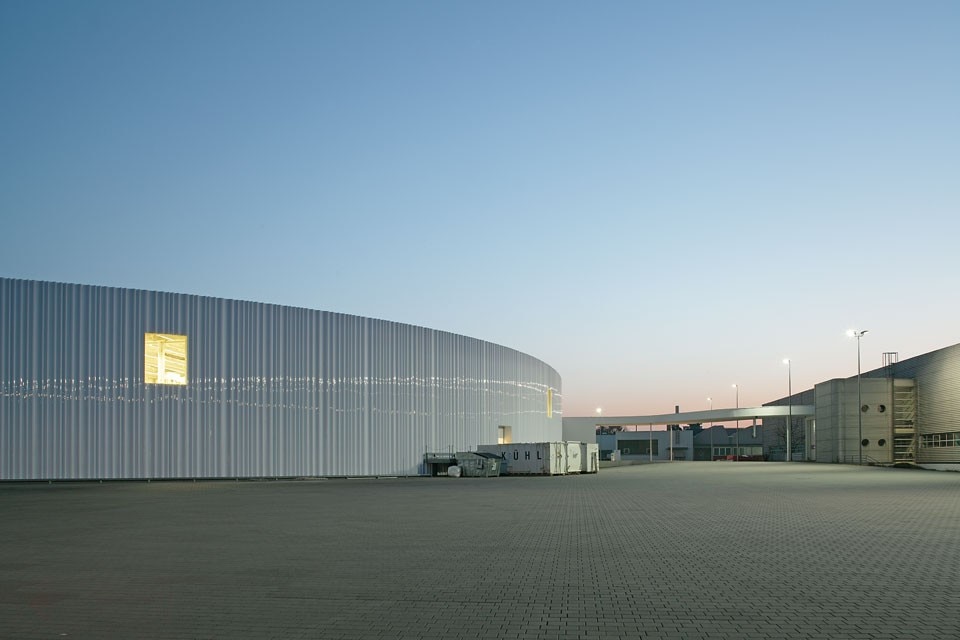
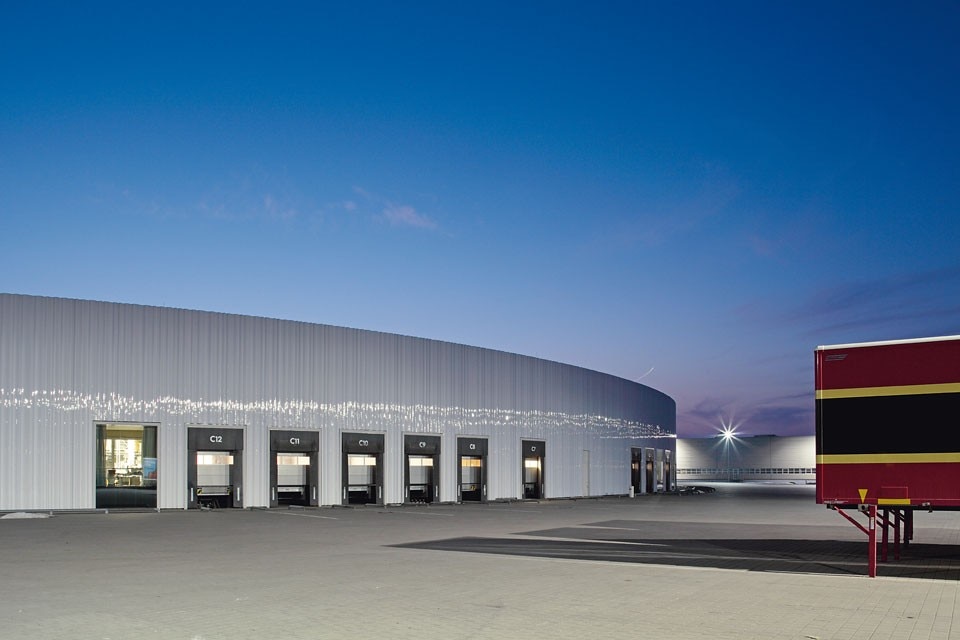
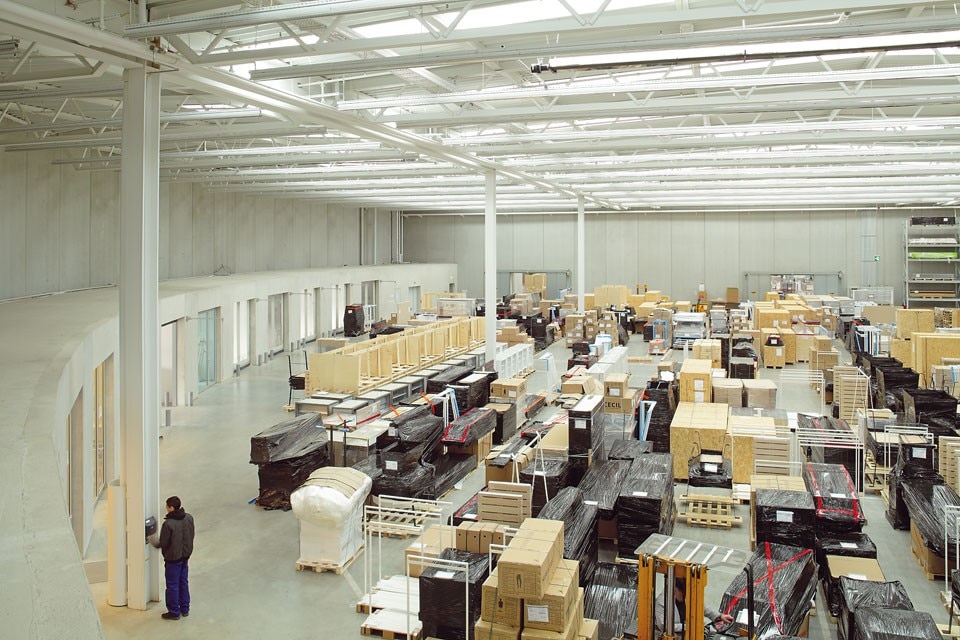
Vertically, these panels extend to the maximum height that could be produced on a special machine

Design Architects: Kazuyo Sejima + Ryue Nishizawa / SA NAA , in collaboration with nkbak
Design Team SANAA: Marieke Kums (ex-staff), Takayuki Hasegawa
Design Team nkbak: Nicole Kerstin Berganski, Andreas Krawczyk
Local Architect: Mayer Bährle Freie
Structural Engineering: Bollinger und Grohmann GmbH, SAPS – Sasaki and Partners (consultant)
Engineering: Henne & Walter (HVAC), IB Schwarz (ELT), IB Horstmann + Berger (BP), Transsolar (energy & climate), Baumgartner GmbH (MCR), IBB Grefrath (fire), IB Roth (landscaping)
Building contractor: Moser GmbH & Co. KG
Façade: Strabag
Site area: 47,000 square metres
Building footprint: 20,445 square metres
Total floor area: 30,535 square metres
Building height: 11,4 metres
Design phase: 2006–2007
Construction phase: 2007–2012


